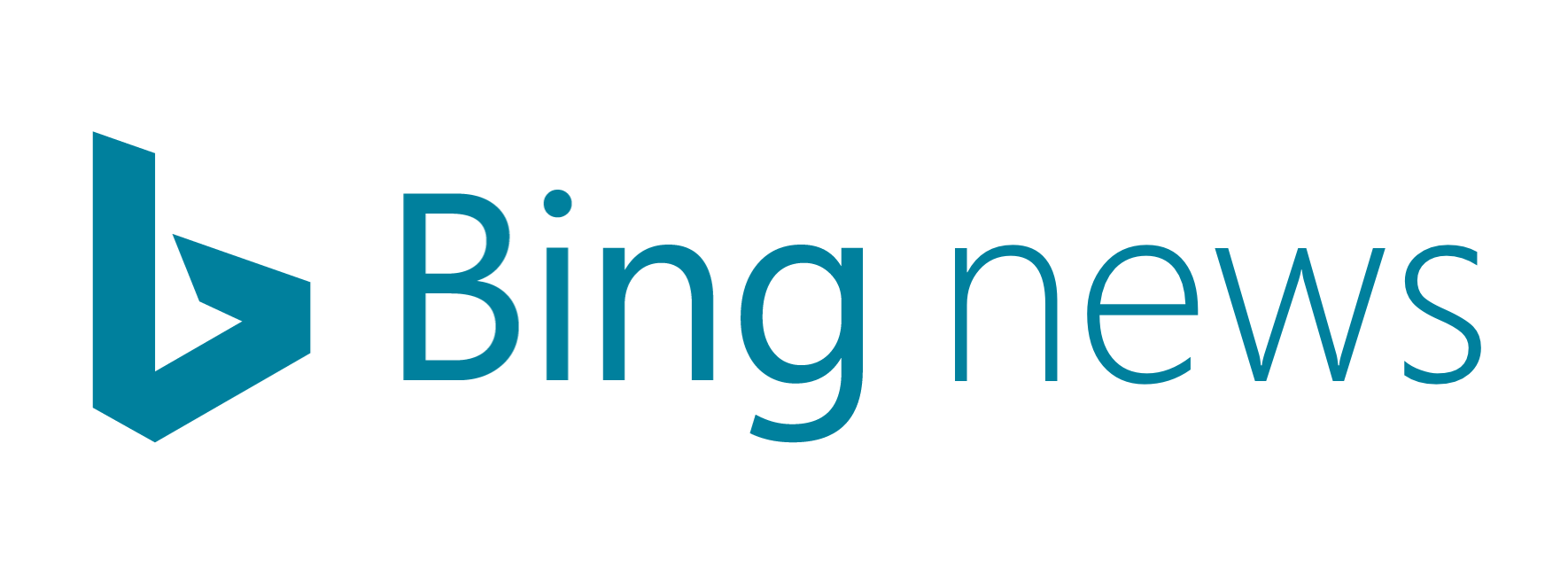
NewZNew (Chandigarh) : “It was getting harder to separate our technologies in the cath lab from the technologies that we were using outside the cath lab. The overlap of these two has been becoming more apparent.”
This was stated by Dr Rajneesh Kapoor, Director -Interventional Cardiology at Medanta Hospital, Gurgaon while addressing a press conference at Press Club, Chandigarh today on role of latest technologies in heart ailments treatment in near future.
Interestingly Dr. Kapoor has recently performed a rare successful insertion of valve in a heart patient without open heart surgery. The procedure, famously known as TAVI, was considered to be groundbreaking heart procedure and has been performed in just 15 patients across India.
Meanwhile highlighting the newer aspects of Interventional Cardiology with technology in coming time, Dr Kapoor said that social network allowed for wide dispersal of information both to physicians and patients. The new technologies such as IBM’s Watson might actually help us think better. The computer systems, filled with huge banks of knowledge would allow for vast integration of diagnoses and help with diagnostic algorithms.
“There was a huge explosion of new devices that would allow for creation of augmented reality, using both real and computer-generated imagery, which , at least in a cath lab setting would allow for the presentation of virtually created imagery in your field of view.”
Talking about the virtual reality in the cath lab, he said that in 2-yr, we might wear a pair of smart glasses that would allow us to see point-of-view streaming images, keeping angiograms in our field of view, in addition to supplemental integrated images. For instance, we could have your own personal “screen” on which data could be projected to help guide interventions, valve placement and so on.
Interestingly , the non-invasive evaluation of a coronary tree using CT coronary angiography was now allowing both anatomic as well as physiologic (using CT fractional flow reserve) evaluation before a patient even could get to the cath lab. Moreover robotic and artificial intelligence technology, such as that used to drive cars without drivers, would move into our arena. Placement of a stent without wearing lead, without radiation and with less contrast for the patient would be available to us in the near future, he asserted.
“The personalized technologies allowing new personal diagnostic capabilities would be put into the hands of consumers. For example, congestive HF patients might be soon wearing or have implanted devices that could monitor the patient at home and prevent readmission rates, reducing deviations from expected parameters that would otherwise only be checked intermittently.”
The biggest shift might be in point of care or consumer care, which would be administered- both diagnostics as well as therapeutics-in new venues that were not traditionally thought of as health care sites. There would be an “uberization of medicine,” which would be brought to the patients, rather than have the patients to go for it, he maintained.





